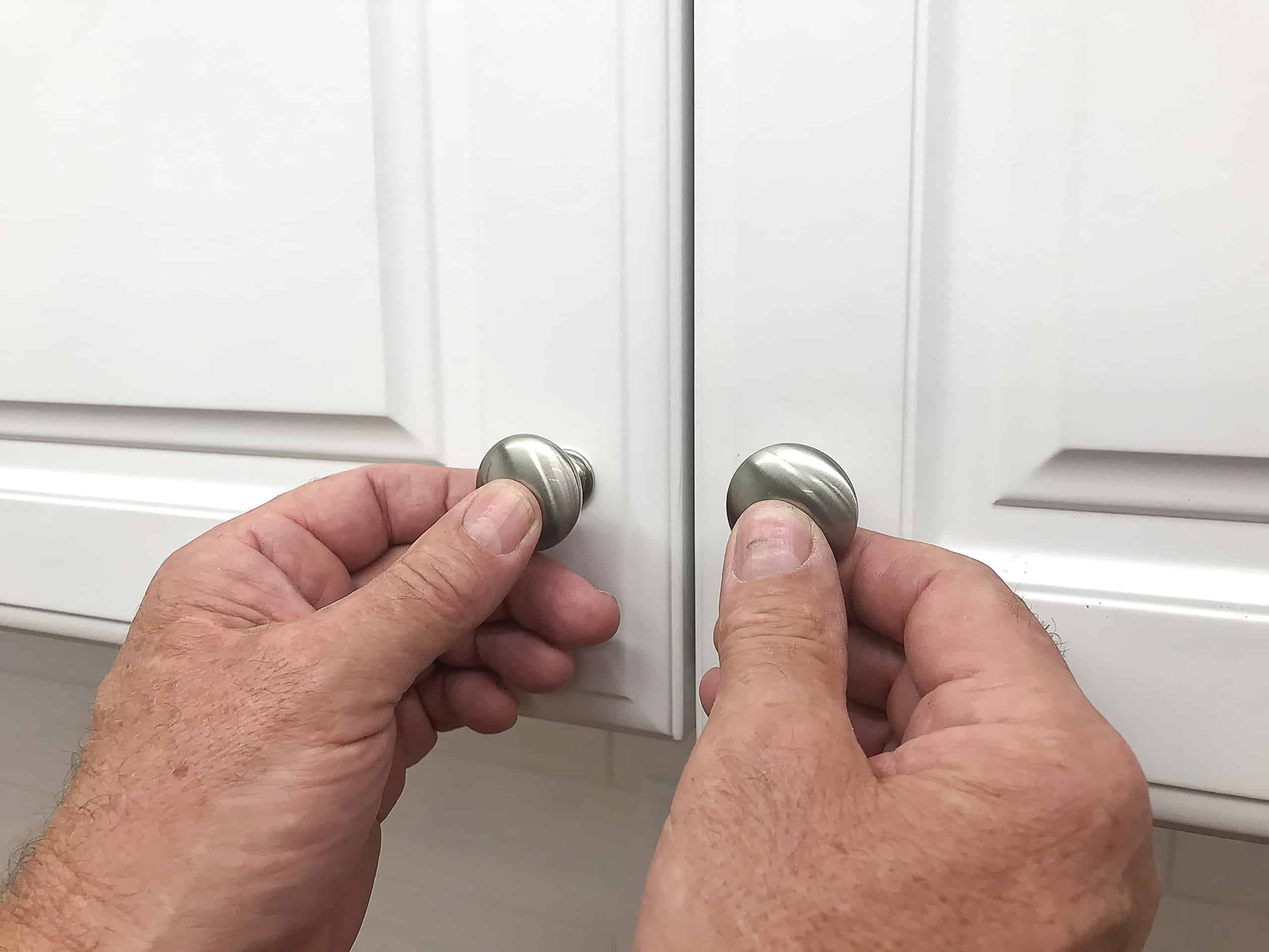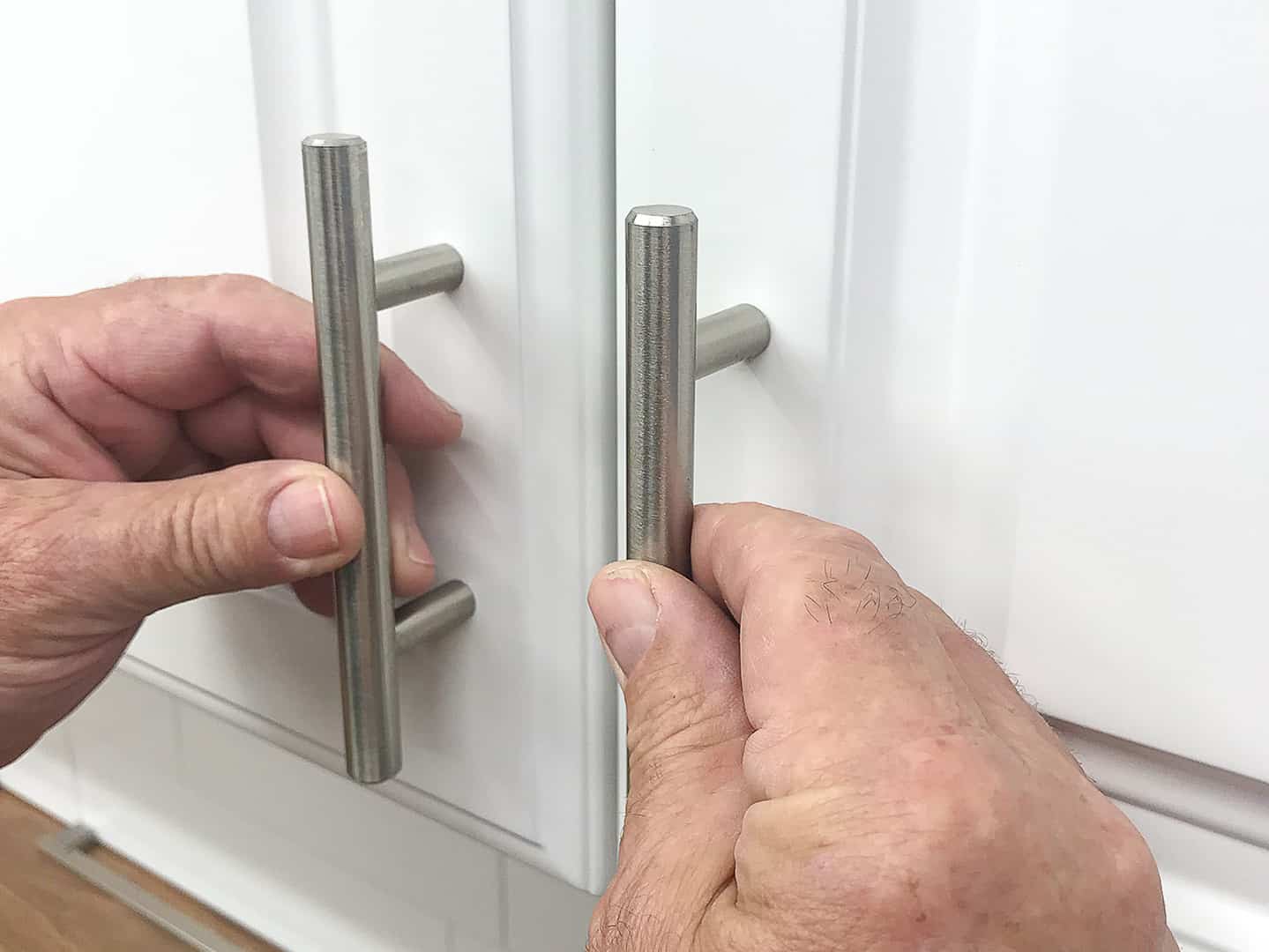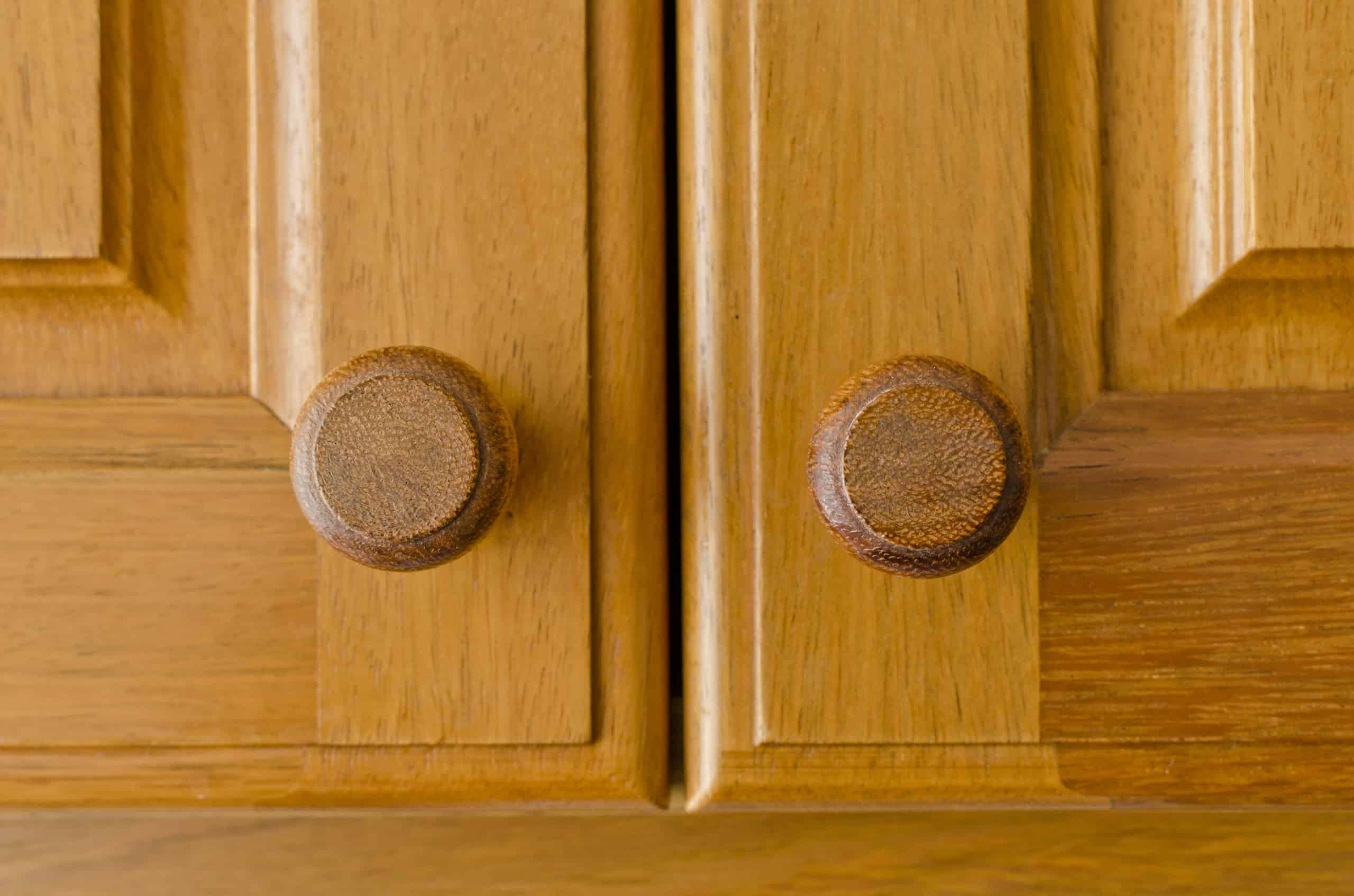Choosing the Right Cabinet Door Handles: Installing Cabinet Door Handles

The seemingly innocuous act of selecting cabinet hardware can be surprisingly fraught with peril. A wrong choice can haunt your kitchen for years, a constant, nagging reminder of a decision made under the influence of… something. Perhaps it was the whispers of the ancient oak, or the glint of moonlight on a suspiciously polished doorknob. Whatever the reason, choosing wisely is paramount.
Cabinet Handle Styles: A Comparison
The selection of cabinet handles is a critical design choice influencing both functionality and aesthetics. The following table provides a comparison of popular styles, materials, mounting types, and price ranges.
| Style | Material | Mounting Type | Price Range (USD) |
|---|---|---|---|
| Knobs | Ceramic, Metal (Brass, Nickel, Zinc Alloy), Wood | Single Hole | $5 – $50+ |
| Pulls (Cup Pulls, Bar Pulls) | Metal (Brass, Nickel, Stainless Steel), Wood | Multiple Holes | $10 – $100+ |
| Bar Handles | Metal (Stainless Steel, Aluminum), Wood | Multiple Holes | $15 – $75+ |
| Edge Pulls | Metal (Stainless Steel, Aluminum) | Mounted on the edge of the door | $20 – $150+ |
Handle Size and Placement Considerations, Installing cabinet door handles
Appropriate handle size and placement are essential for both usability and visual harmony. Handle size should be proportionate to the cabinet size; oversized handles on small cabinets look disproportionate, while tiny handles on large cabinets are awkward to use. Consider the style of your cabinets – traditional styles often pair well with larger, more ornate handles, while modern cabinets might suit sleek, minimalist designs. Placement should allow for comfortable gripping and opening.
Visual Guide to Handle Placement
Imagine a detailed drawing. The drawing shows three different cabinet types: a tall pantry cabinet, a standard base cabinet, and a drawer. Each cabinet features a clear indication of the optimal handle placement. The pantry cabinet’s handle is positioned approximately 30-36 inches from the floor, ensuring easy access. The base cabinet’s handle is centered horizontally and positioned at approximately 2-3 inches from the top edge of the door. The drawer handle is centered both horizontally and vertically, providing a balanced and comfortable grip. The drawing utilizes arrows to illustrate the handle’s position relative to the cabinet’s dimensions and clearly labels the measurements. The illustration is done in a clean, minimalist style, emphasizing clarity and accuracy. The different cabinet types and handle positions are clearly differentiated by color coding for easy understanding. The image emphasizes proper ergonomic considerations and aesthetic balance in handle placement.
Installation Methods and Techniques

The seemingly innocuous act of installing cabinet hardware holds a curious power. It’s a small task, yet within its simplicity lies a potential for both triumph and… unsettling discoveries. The quiet click of the screw, the satisfying snugness of the handle – these are the sounds of a job well done. But sometimes, a shadow falls across the project, hinting at something more… sinister.
Installing cabinet handles, whether knobs, cup pulls, or long pulls, requires precision and the right tools. A seemingly straightforward process can reveal hidden flaws in cabinetry, testing your patience and problem-solving skills. One might even find oneself questioning the very nature of reality as they wrestle with a stubborn screw or a misaligned hole. The following details the process, offering a glimpse into the mysteries that await.
Installing Knobs
The installation of a simple knob might seem trivial, yet it is a microcosm of the entire process. This seemingly straightforward task holds the potential for unexpected challenges. Imagine, if you will, attempting to install a knob only to find the pre-drilled hole inexplicably deeper than expected. The implications are chilling. The following steps Artikel the process:
- Gather your tools: A screwdriver (Phillips or flathead, depending on the screw type), a pencil, and a measuring tape.
- Locate the center of the cabinet door where the knob will be placed. Mark this point with a pencil.
- Hold the knob against the door at the marked point and trace the Artikel of the mounting plate.
- Carefully drill a pilot hole (if necessary) through the marked point. This step is crucial to prevent the wood from splitting.
- Align the knob with the marked point and secure it using the provided screws. Ensure the knob is level and firmly attached.
Installing Cup Pulls
Cup pulls, with their elegant curves and substantial feel, add a touch of sophistication to any kitchen. However, their installation can present unique challenges. Picture this: you’ve almost completed the installation, only to discover that one of the screws is stubbornly refusing to tighten. A sense of unease creeps in; what secrets does this uncooperative screw hold?
- Gather your tools: A screwdriver (likely Phillips), a pencil, a measuring tape, and possibly a drill with a drill bit slightly smaller than the screw diameter.
- Measure and mark the desired location for the cup pull on the cabinet door.
- Using the provided template or marking the mounting holes directly onto the door, drill pilot holes if necessary.
- Align the cup pull with the marked points and secure it with the provided screws.
- Ensure that the cup pull is securely fastened and that the screws are flush with the surface of the door.
Installing Long Pulls
Long pulls, with their extended reach, offer a stylish and functional solution for larger drawers and cabinets. But their size and the number of mounting points add an element of complexity. The unsettling thought occurs: What if, during installation, a hidden cavity within the cabinet reveals itself? A cavity leading to… something else.
- Gather your tools: A screwdriver (likely Phillips), a level, a pencil, a measuring tape, and possibly a drill with a drill bit slightly smaller than the screw diameter.
- Carefully measure and mark the desired locations for the long pull on the cabinet door. A level is crucial for ensuring even spacing.
- Drill pilot holes if necessary, using the appropriate drill bit size for the screws.
- Align the long pull with the marked points, ensuring it is level and centered. Secure it with the provided screws.
- Check for stability and ensure the screws are flush with the surface of the door.
Adjusting Handle Placement
Uneven surfaces or misaligned doors can present significant challenges during installation. The unsettling realization dawns: the cabinet itself might be harboring a secret, a subtle imperfection that only reveals itself during this seemingly mundane task. Precise measurements and careful adjustments are paramount. Slight adjustments might be necessary to achieve a level and aligned appearance.
Troubleshooting Installation Problems
Stripped screws and misaligned holes are common problems. But in the hushed silence of the workshop, these simple issues can take on a far more ominous significance. A stripped screw is not just a broken screw; it’s a symbol of resistance, a defiance of your efforts. A misaligned hole suggests a deeper, more unsettling flaw in the very fabric of your project. Carefully assess the situation and take appropriate measures to correct the problem. In the case of stripped screws, consider using a larger screw or a screw with a different thread pattern. For misaligned holes, you may need to carefully enlarge the holes or use wood filler to correct the alignment.
Finishing Touches and Maintenance

The final steps in installing cabinet handles are crucial, not merely for aesthetics, but for longevity. A seemingly minor oversight can lead to wobbly handles and frustrating repairs down the line. Proper securing and ongoing maintenance will ensure your newly installed handles remain a point of pride, not a source of irritation.
Securing handles correctly involves more than just tightening screws. The type of screw, the pilot hole, and even the wood itself all play a role in preventing loosening. Using screws that are too short can lead to the handle pulling away from the door, while screws that are too long can damage the cabinet’s interior. A properly sized pilot hole, slightly smaller than the screw’s diameter, prevents wood splitting. Consider the type of wood: hardwoods require more care and potentially different screw types than softer woods.
Screw Selection and Installation
Choosing the right screws is paramount. Wood screws designed specifically for cabinet hardware are preferable. These screws often have a finer thread and a sharper point, minimizing the risk of wood splitting. Before screwing in the handle, create a pilot hole using a drill bit slightly smaller than the screw’s diameter. This prevents the wood from splitting and allows for a more secure grip. Always use a screwdriver that matches the screw head to prevent stripping. For extra security, especially in softer woods, consider using wood glue in the pilot hole before inserting the screw. This provides added grip and prevents loosening over time. A dab of clear silicone caulk applied around the screw base after installation further enhances security and prevents moisture damage.
Maintaining Handle Appearance
Regular cleaning and preventative maintenance will significantly extend the lifespan of your cabinet handles. The frequency of cleaning depends on the material and finish of your handles. For example, brushed nickel handles might require more frequent cleaning than polished brass to maintain their luster. A soft cloth dampened with mild dish soap is usually sufficient for regular cleaning. Avoid abrasive cleaners and scouring pads, as these can scratch the finish. For stubborn grime, a specialized metal cleaner appropriate for the handle’s finish can be used, following the manufacturer’s instructions carefully. To protect handles from fingerprints and smudges, consider applying a thin coat of car wax or furniture polish. This will not only enhance their shine but also make them easier to clean. Periodically check for any signs of loosening and retighten screws as needed. This proactive approach prevents minor issues from escalating into major problems.
